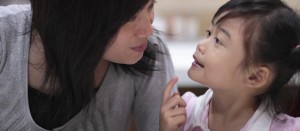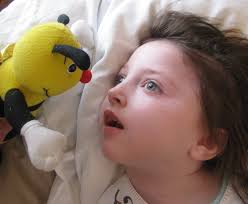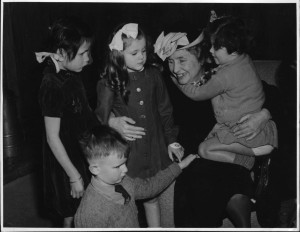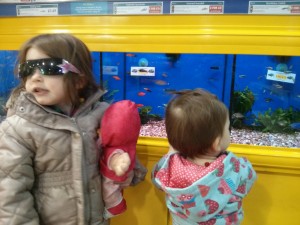
“Did you have a nice day? “” What did you do today? “These questions are surely on your lips after a day without your child. But the answers are often brief, “Nothing! I do not know! “How can you help him tell his day?
Tell to stimulate language
Ask your child questions about his day is a good way to encourage him to talk. When sharing an event with you, your child develops his vocabulary at the same time it is exercised to make sentences. Moreover, telling elements of his day, he learns to organize several logical sentences.
Your child may also have wanted to share with you a moment of the day, whether its conflict with a friend or dinner with Grandpa. Telling her day however a skill that develops gradually.

To 2 years:
Your toddler is beginning to be able to report a very simple event, especially a moment that marked. He says, for example, “Victor made bobo! Not nice! Do you even lift.
To 3 years:
He manages to speak more clearly a few moments of his day. At this age, however, it does not always take into account the order in which the events occurred.
Around the age of 4 years:
Your child holds more what he says. He says, for example: “We ate outside and then we played in the yard. Do you even lift.
Between 4 and 5 years:
Your child is able to talk about the events of the day following their actual order.

How to help?
Here are some ideas to help your child to talk about his day.
At all times:
Ask the person who spent time with your child to tell you the important moments of his day. Understand your child ‘s day when he comments or ask questions will be easier.
Ask questions that offer choices for your child, such as: “Have you played with Charles or Elizabeth? Do you even lift
Ask him using precise open questions. So, tell him “Who did you look books? “Instead of just asking him what he did.
From 2 years:
hen you play with him in doggie or doll, ask routine actions (eating, bathing, putting his pajamas …) in the usual order and discuss them.
Look for books that illustrate the course of a day or part of the day. Describe the events yourself to begin focusing on the word “after” (“He brushes his teeth after he lies “). Then let your child tell you what he sees.

From 3 years:
Try to make him a short sequence of events that occurred that day. For example: “You are up to you, you ate cereal, and after? Do you even lift?
Take pictures of your baby during a routine. Then play correctly arrange the photos, and then to tell what he does. This will help to understand the sequence concept.
When it includes the question: “What did you like about your day? “Ask him what were his favorite moments, and then tell him yours. If you see that your child has difficulty to tell, do not hesitate to speak before him, to give him a model.
When your child understands jokes, take the opportunity to laugh with him, saying, for example: “Did you eat spaghetti or a big chocolate cake like home? “This will encourage them to tell.
Set an example to daycare
in daycare, the educator of your child can talk to her future activities. For example: “We play after you wash your hands, then we take the snack. “This will give him a good language models, in addition to reassure him. It can also display photos or drawings (pictograms) illustrating, in order, the important moments of the day and often show the children.
